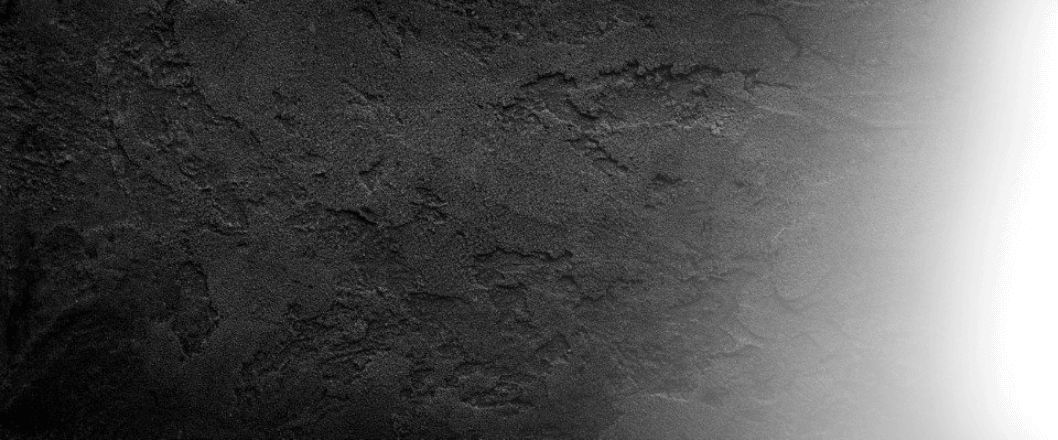
Ground Engaging Tools (GET) are some of the most important components of your heavy equipment, directly impacting productivity, fuel efficiency, and maintenance costs. Ensure the best possible performance and prevent equipment downtime by regularly inspecting, maintaining, and then replacing your GET when necessary.
Ground Engaging Tools are designed to handle impacts with all sorts of abrasive materials, but as they wear out over time your equipment will be less efficient and more vulnerable to damage. Here are indications of wear to look for to know when GET should be replaced:
Excessive Wear: Tips worn through on the bottom or cracked in the pocket area should be replaced.
Uneven Wear: Scalloping wear between bucket teeth can indicate uneven wear patterns, potentially affecting digging efficiency.
Cracks: Inspect for cracks on base edges, around adapters, on corner welds, or on top and bottom of the rear weld. Also, inspect sidewalls for cracks or breaks.
Wear into Adapters: Excessive wear on the ends of the base edge that has worn into the outer adapter and sidebar welds indicates the need for replacement.
Loose or Missing Pins: Damaged or missing retainer pins should be addressed promptly. Tap lightly on each pin; if the pin moves easily, replace the retainer.
Regular inspection and maintenance of your Ground Engaging Tools is essential for keeping your equipment efficient and cost-effective. Here are some proactive strategies to help extend the life of your GET:
Daily Visual Inspections: Perform daily checks for signs of wear, cracks, or damage. Finding potential issues in advance will help prevent downtime later.
Proper GET Selection: Choose the appropriate GET for your specific application. Consider the impact conditions, application, required abrasion resistance, and penetration needs.
Regular Maintenance: Make sure your GET is installed properly with new bolts and nuts that are tightened to their specified requirements.
Use of Wear Indicators: Utilize GET components with built-in wear indicators to monitor wear levels and schedule replacements in advance.
Visit our GET page to learn more about what tools are available and find GET for your equipment.